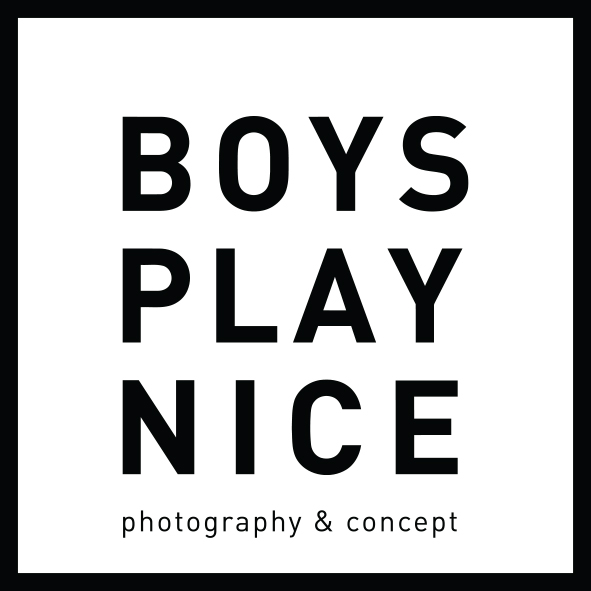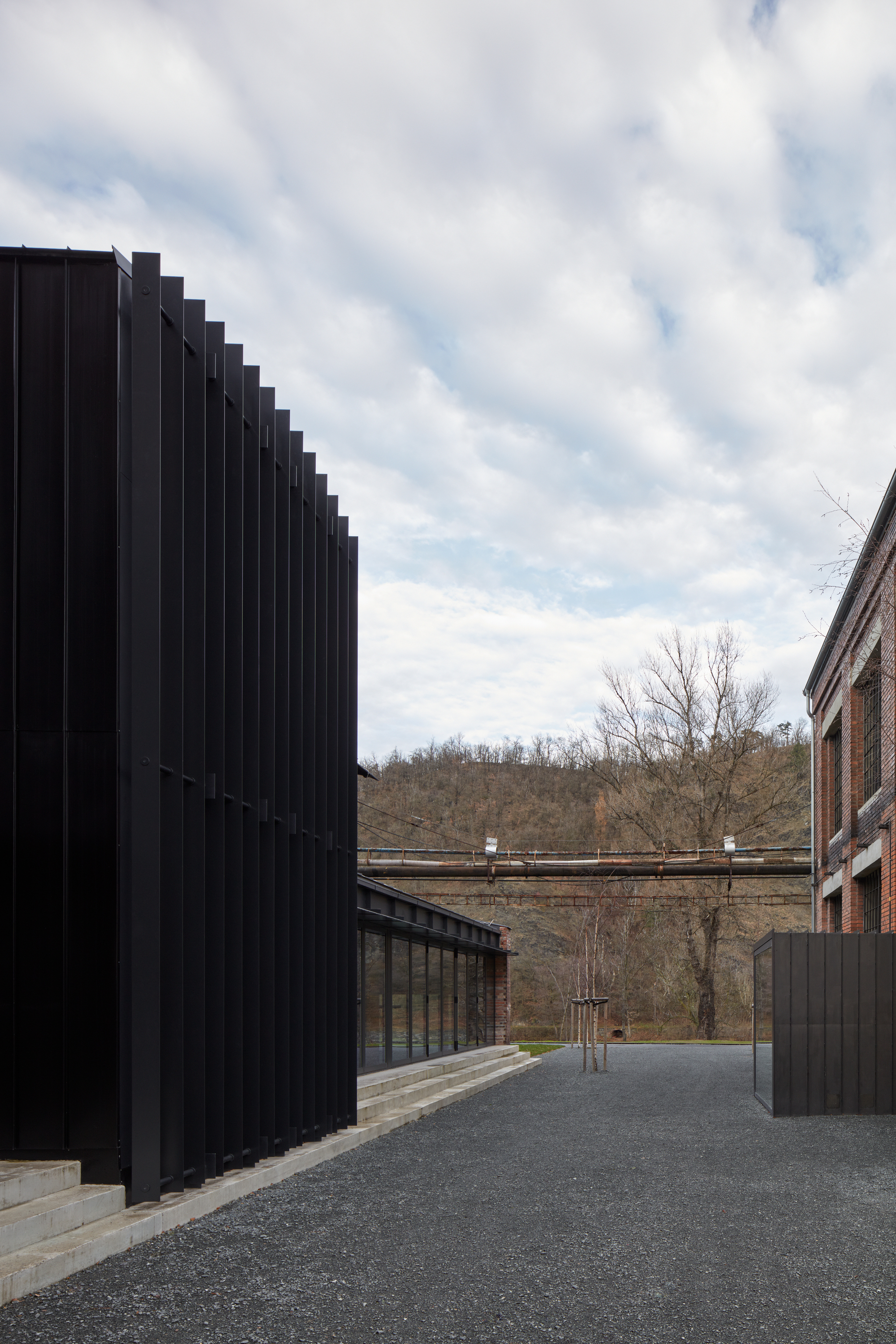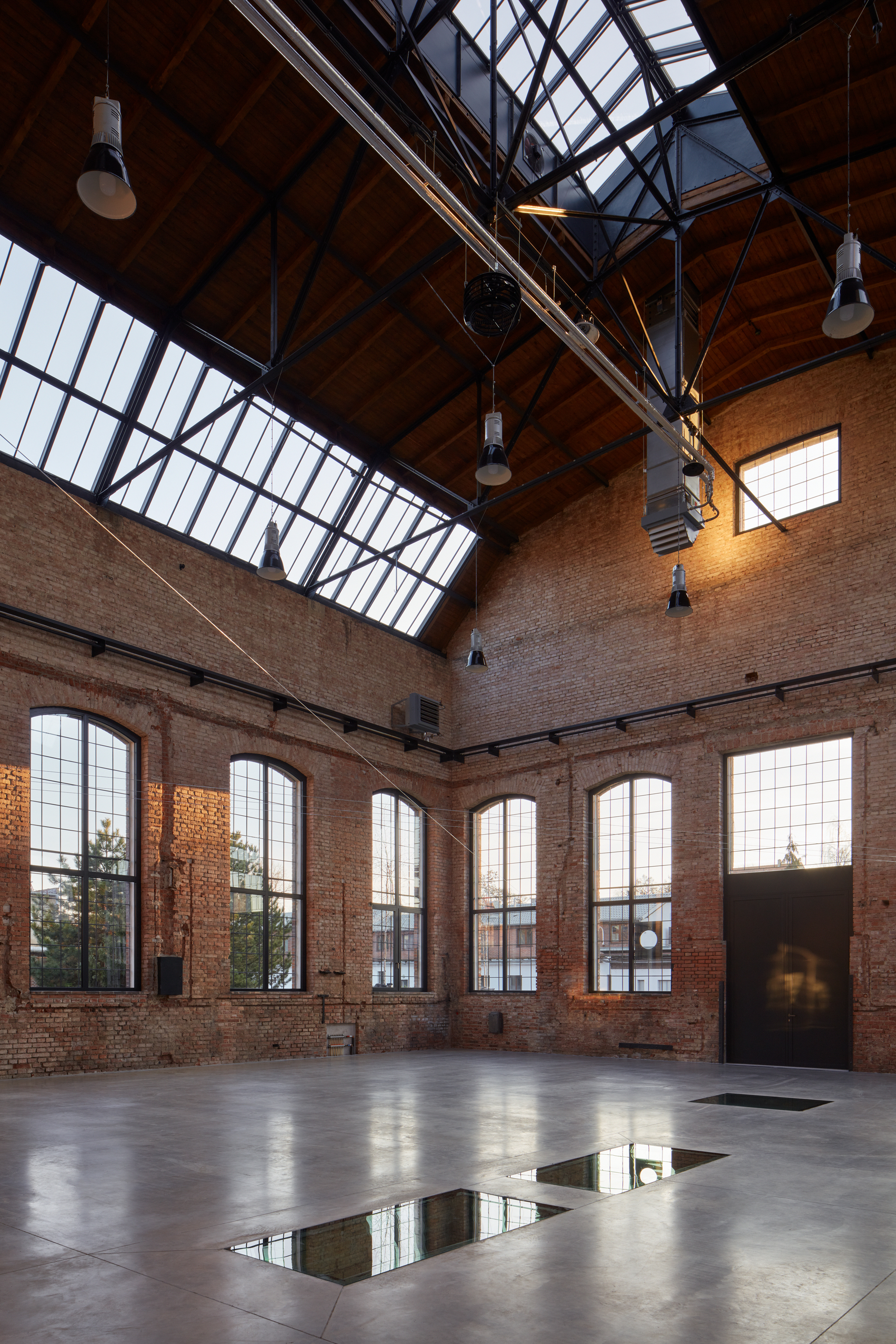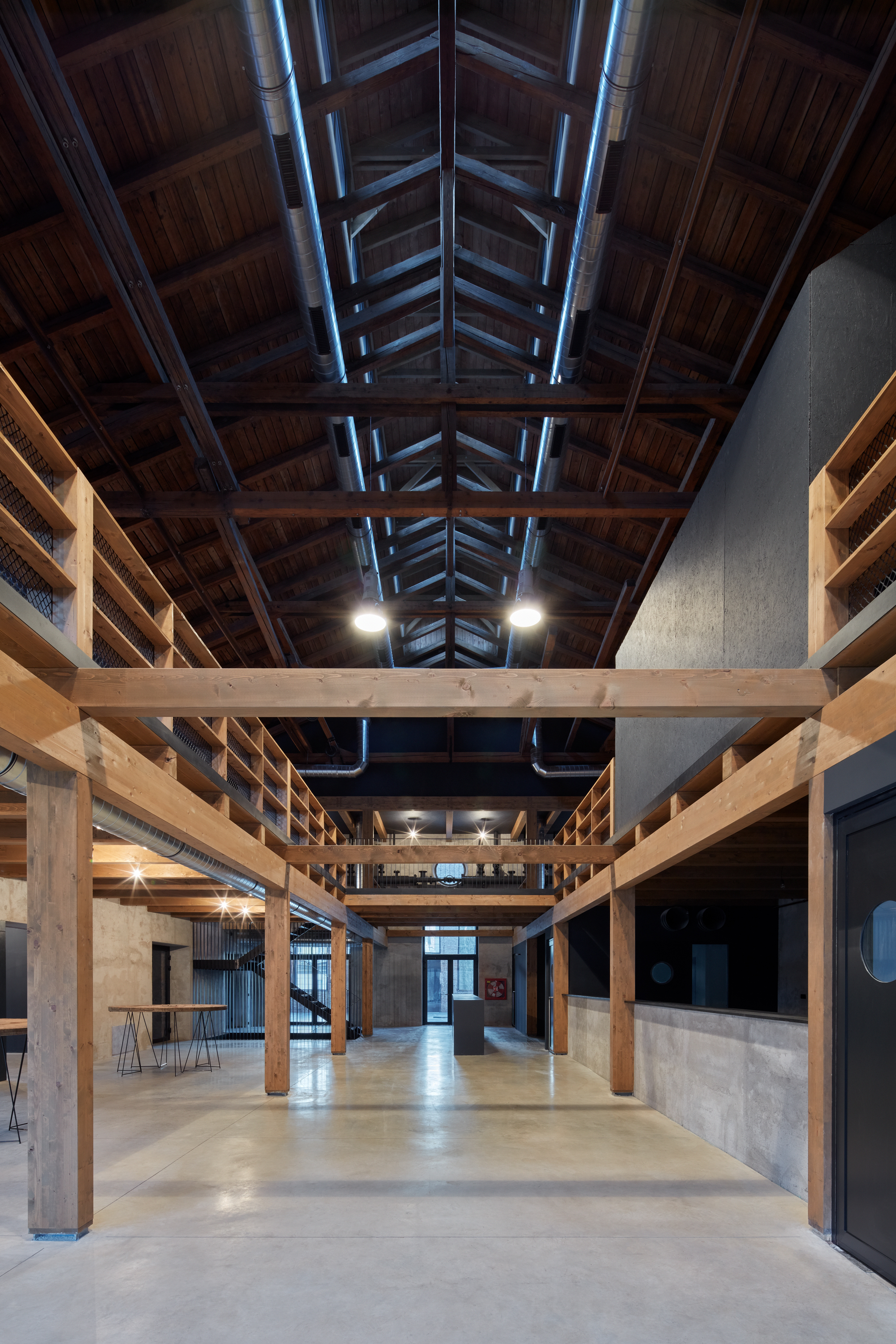Conversion of boiler room in Libčice nad Vltavou
Author of Boiler Conversion: Atelier Hoffman - www.atelierhoffman.eu
Photos: Jakub Skokan & Martin Tůma / BoysPlayNice
Architecture photography, Boiler room in Libčice nad Vltavou.
The boiler room in Libčice nad Vltavou is part of an industrial area that operates as an autonomous territory. It has its own infrastructure, a rail link. The complex is situated in one of the Vltava meanders. On one side it is surrounded by rocky formations above the river, from the other town with a baroque church. Links between buildings in the area vary with the use of objects depending on economic and political changes, owners, needs of the time.
The historical context of the site and the transformation of architecture over time are the basic idea of a photographic record. Architecture is understood both as an object and as a bearer of cultural heritage metadata. The image recovery report uses several photographic solutions. Thematically linked image sets work with a clearly formulated idea corresponding to the visual language.
In the first place, the reconstruction of a certain historical state of the building into the form of its current use is documented. Boiler House Conversion Documentation (1) is the closest to the traditional way of descriptive architecture photography. The set acts as a guide to the interior and exterior of the building. Photographs logically describe the building space from the first impression with the facade of the building to its hidden corners. They observe the sensitive moments of old and new confrontation, the exchange of materials and individual building elements.
Photographs of the recording plane are at the same time overlapping and become a picture glossary of the past and present relationship. The boiler room is interpreted in its historical layout. The narrative element that replaces the human presence are machines, mechanical objects, and piles of rubble. In particular, these, for the present form of construction of insignificant piles, have received attention in photographic processing.
Building rubble and other waste exported from the basement of the Kotelna, the clutches of materials, rocks and objects are the memory of the place. Purchases of various characters have been systematically documented. They are a guideline for spatial orientation within image logic. Refer to the materials used and the story of the conversion itself.
A typological approach to photograph of industrial objects was applied in the 1970s by Bachelor (2) when documenting industrial objects in the Rhineland and Ruhr, which were not real use at that time, but with an extremely strong genius loci. The industrial character of the area has determined the way of life for generations. Photos of these objects helped to define the importance of the place in the cultural heritage of the country. The way of revitalization of industrial areas in western Germany, their involvement in the cultural and economic infrastructure of the country is still inspirational.
In the case of Kotelna, the typology of piles is a secondary motif, a narrative of space. It refers to another photographic unit - "archaeological excavations". The descriptive picture of the boiler room opens to a deeper narrative line. Instead of humans, they are again the inanimate objects that rise from the basement of the Kotelna. The photo solution will be different in this case. There are more than a century old stones, bricks, slags, springs, small technical objects - pressure sensors, alarm clocks, kettles, lamps, etc. Attention is focused on fewer concrete objects - the building material, in which the character of past of the lives of the place. Slags, burned bricks, melted masses talk about the high temperatures in the basement of the Kotelna, which served partly as a smoke-duct and whose former character is hardly imaginable today. Similarly, pressure sensors express the once boiling energy of the boiler room. In the frame of the studio photography, the subjects were given attention as portrayed persons in the spirit of a mysterious "rembrant" portrait. Neutral backgrounds and daylight were selected, illuminated by an ordinary lamp, golden light. Interest in objects is not a self-interested hobby in their design. These are the animated characters from the narrative heritage of our culture. (3)
Particular attention has also been given to the basement areas that have been made available after their escape. The technical background of the structure with the smoke structure is without daylight source. Thus, a solution was chosen to quote the light atmosphere of the images of Félix Nadar from the Paris sewer and catacombs. (4) Nadar's photographs were important for the development of experimental forms of photography - artificial light and theme. At the same time, however, they have seen an important step in city planning 19. century. They are proof of innovation, experiment, and technical progress. Black and white photographs of large and digital origin give you a view of the detailed drawing and the structure of the invisible and unprecedented underground part of the Kotelna. Their cool atmosphere is technical, descriptive. Vision returns to the industrial revolution of 19. Century.
The image can not represent a real sensory impression, an experience of space. On the other hand, it opens perspectives of other perspectives and contexts. The photo is capable of expressing time and space relations of architecture, recording more than the formal qualities of the object. The photographic medium has gone through a number of experimental experiences in the field of technical, art, commercial photography. The boundaries between genres and technical approaches are diminishing. It is essential to use adequate imagery in consciousness with the intended purpose. Used photography works with forms of other artistic genres. This conscious quote brings more than a tool for analysis, an illustration of a written word. It is a kind of interpretation, the transfer of ideas.
Text: Vendula Tůmová / BoysPlayNice
Text was written for the magazine Building 3 / 2017, page 50-51
(1) The stages of documentation of reconstruction of the boiler room were partly funded by the MKČR grant.
(2) Hilla and Bernd Bechero, founders of a major photographic school in Dortmund, Germany.
(3) Portraits of objects from the basement of the boiler room will be displayed as part of Block Design 2017. <> (4) Félix Nadar photographed the underground spaces in 60. He used the arc lamps for illumination.































